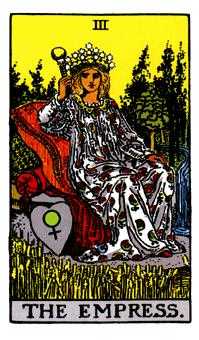sooda
Veteran Member
The snake is generally an auspicious symbol, but not particularly feminine. In Greece it was one representation of Zeus Meilichios (bringer of prosperity) and also of Zeus Ktesios (guardian of the family's food). On Roman domestic altars, it often appears and is believed to be a guardian spirit. In Egypt there was a very popular goddess, represented as a cobra, a guardian of grain stores (keeping the mice away?) and a personal protectress: Renenutet in Egyptologist-speech, although Cleopatra would have said Remuti.
Snake Cults Dominated Early Arabia - Red Ice
Pre-Islamic Middle Eastern regions were home to mysterious snake cults, according to two papers published in this month's Arabian Archaeology and Epigraphy journal. From at least 1250 B.C. until around 550 A.D., residents of what is now the Persian Gulf worshipped snakes in elaborate temple complexes that appear to have been built for this purpose, the studies reveal.
Snake Cults Dominated Early Arabia
excerpt:
The first paper, by archaeologist Dan Potts of the University of Sydney, describes architecture and relics dating to 500 B.C. from Qalat al-Bahrain in Bahrain.
Two rooms in what is now known as the Late Dilmun Palace each contain 39 pits, some of which surround what appears to have been an altar. At least 32 of the pits housed ceramic vessels containing bones from rat snakes and sea snakes.
The remains showed no signs of mutilation.

